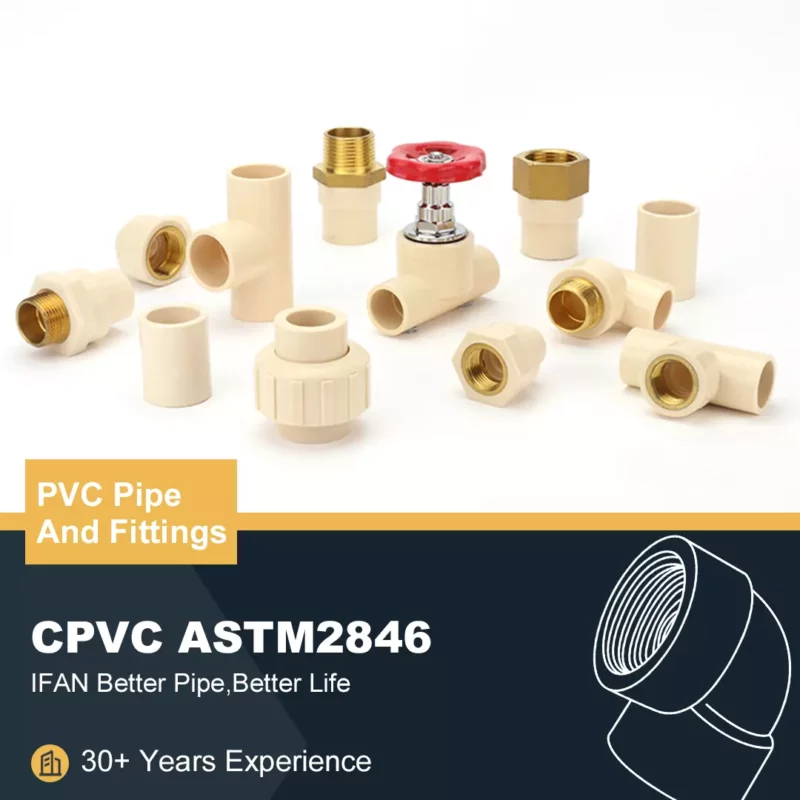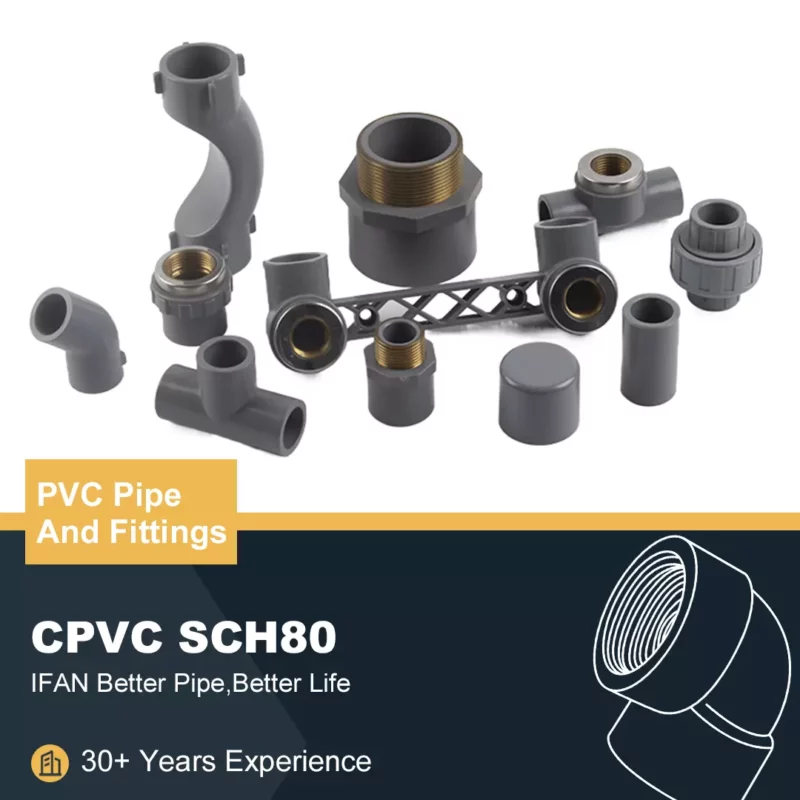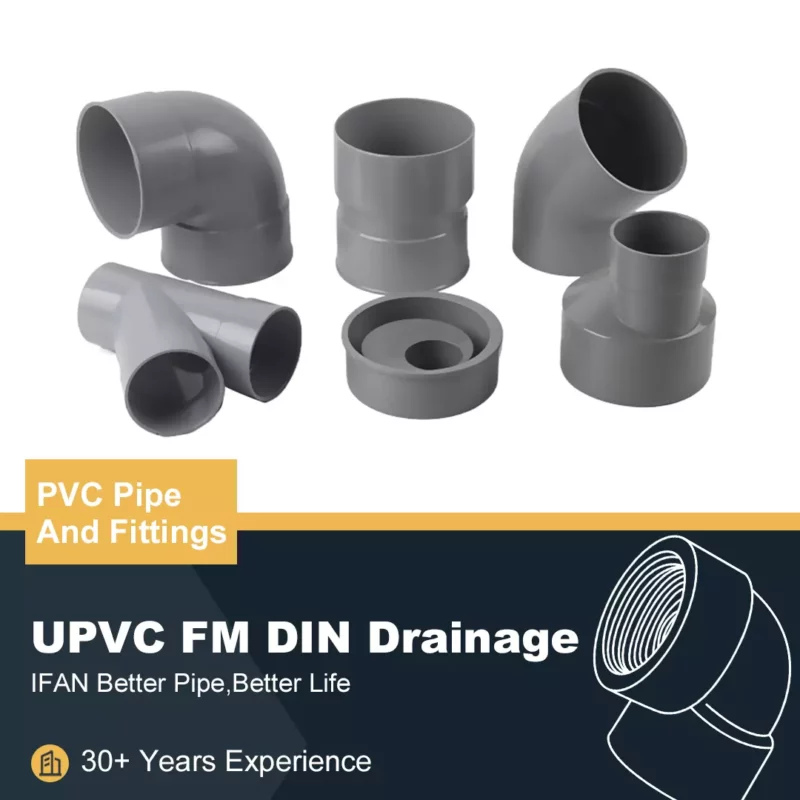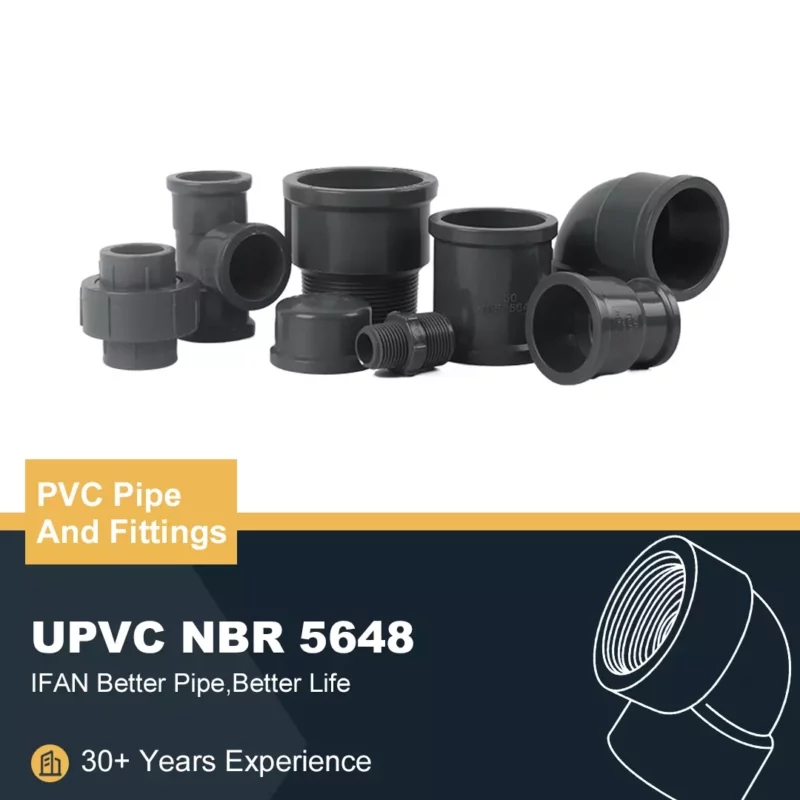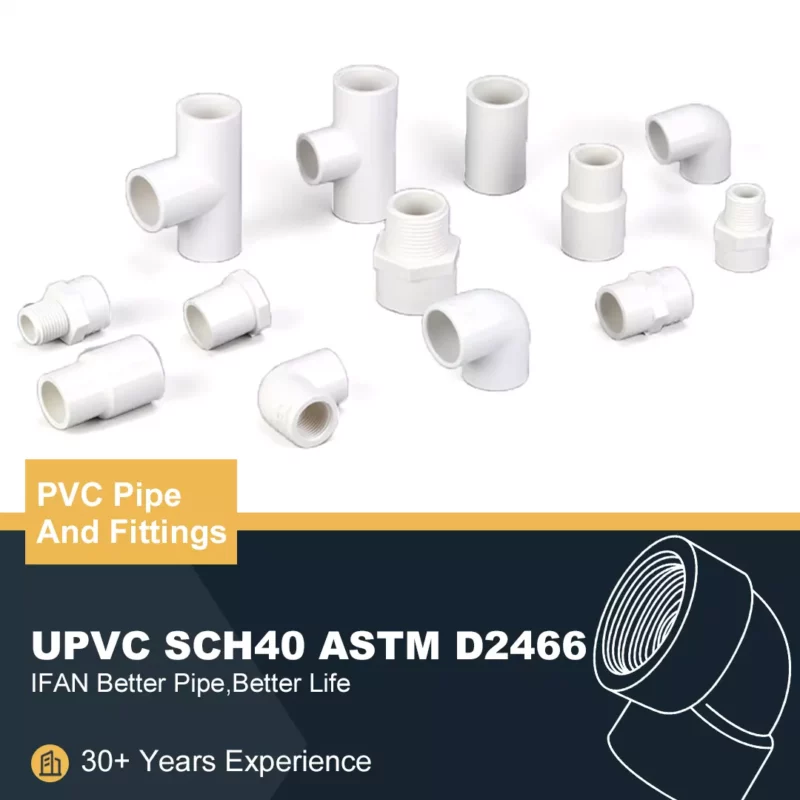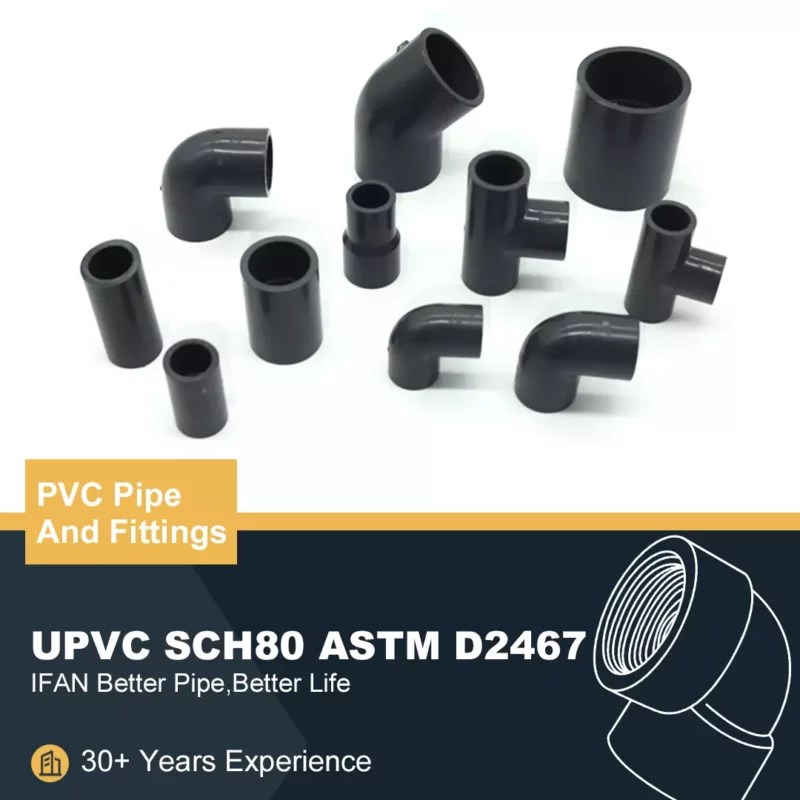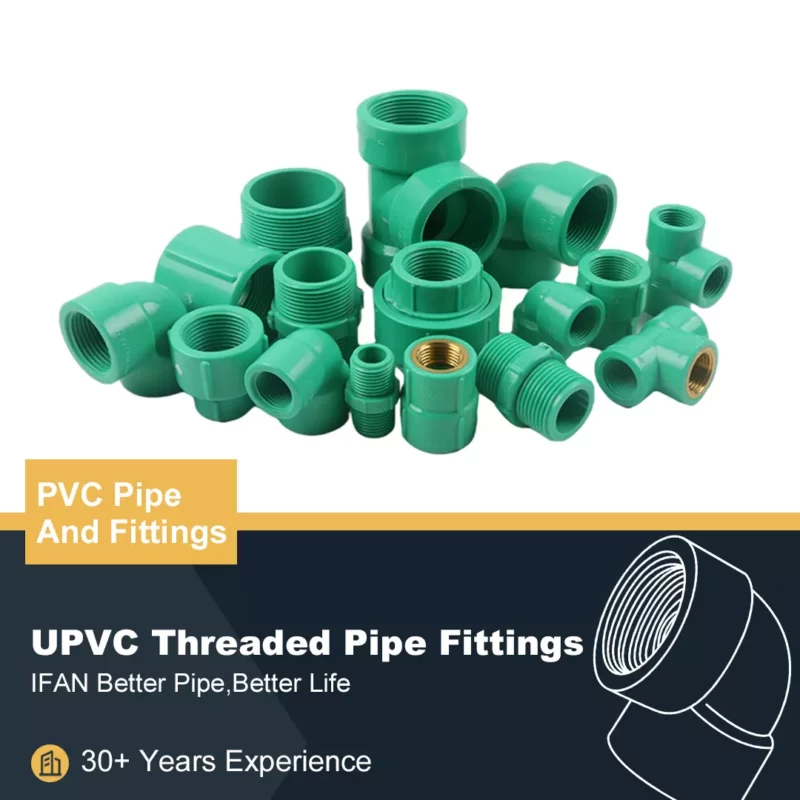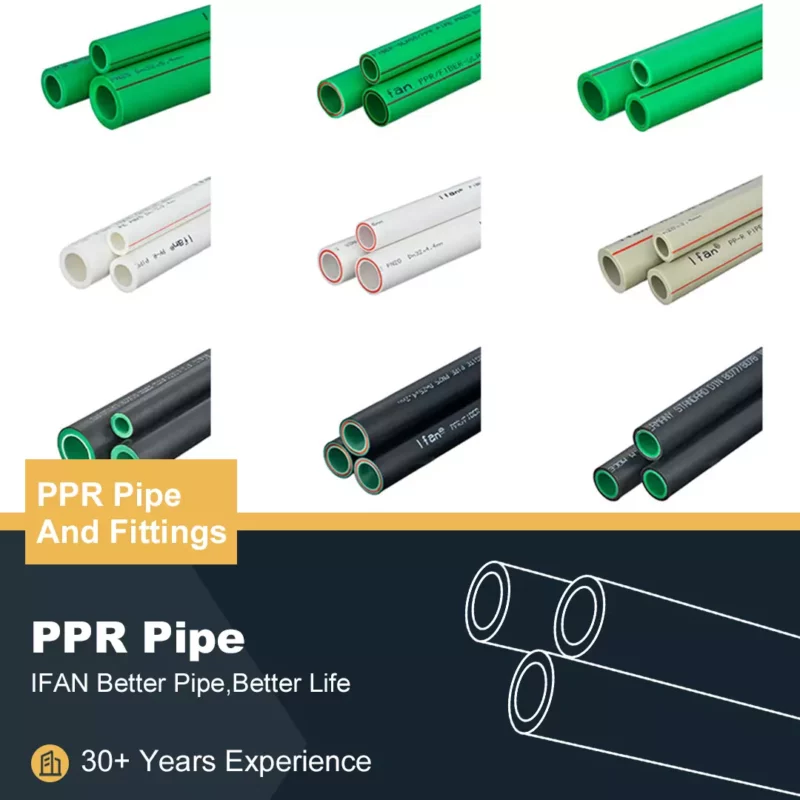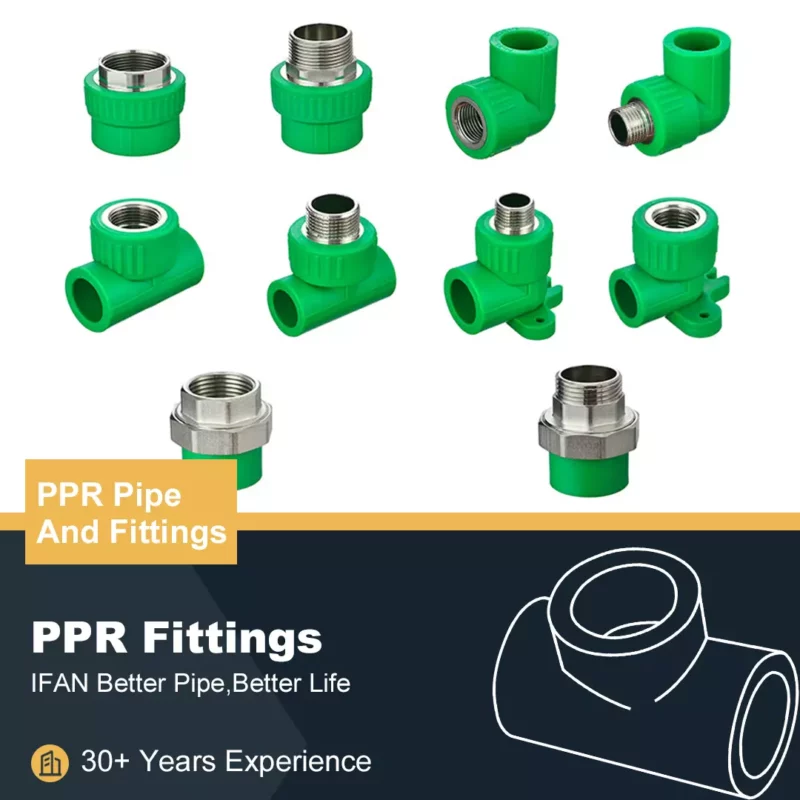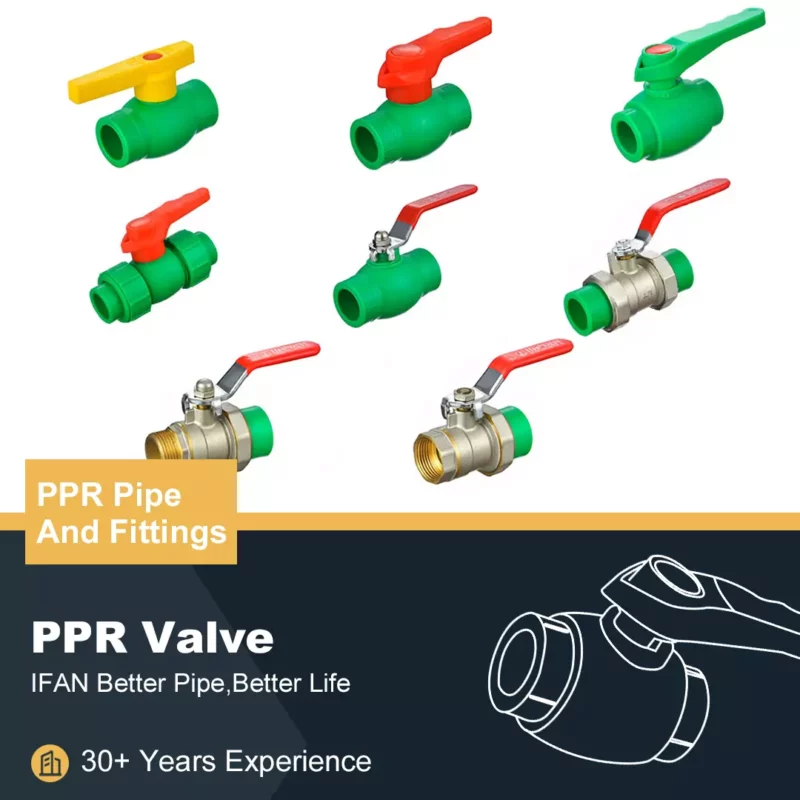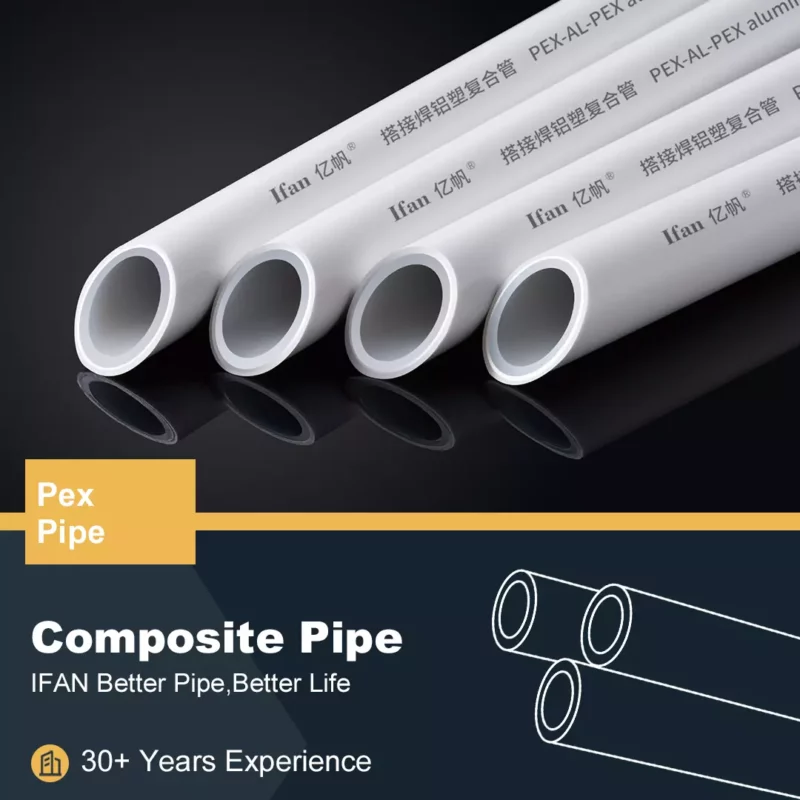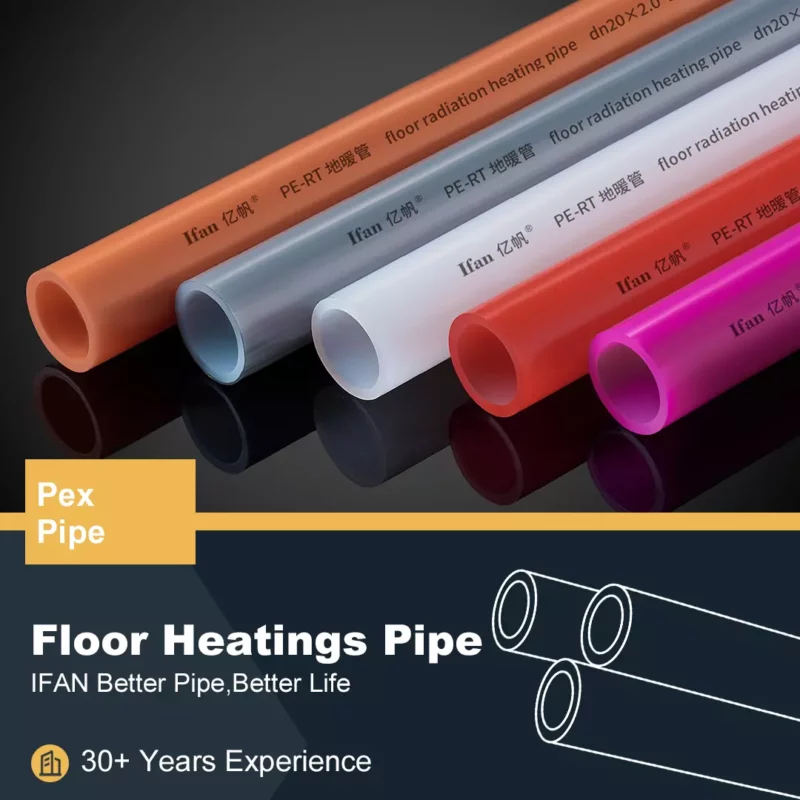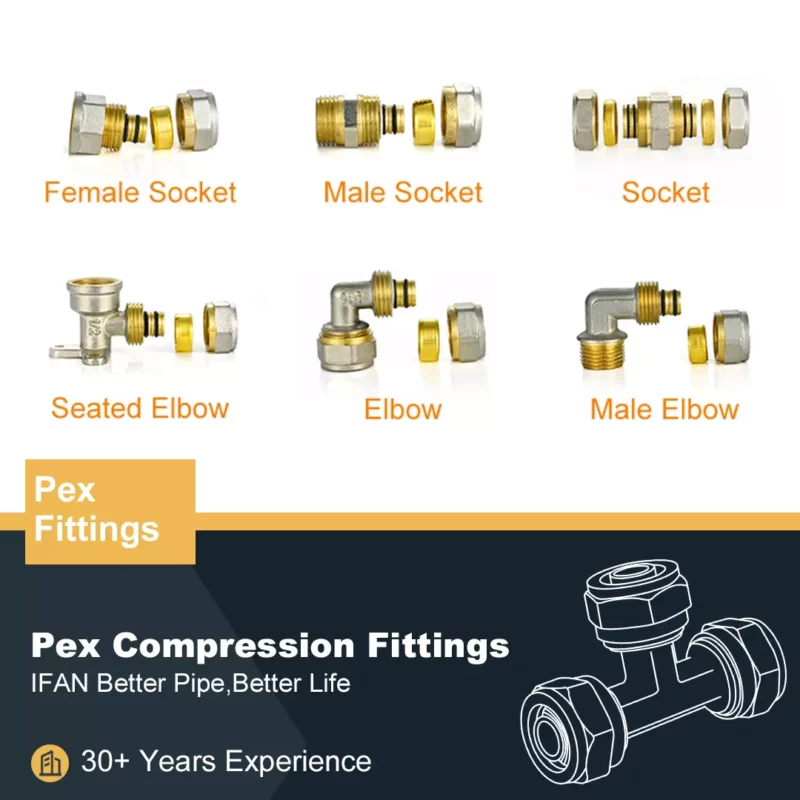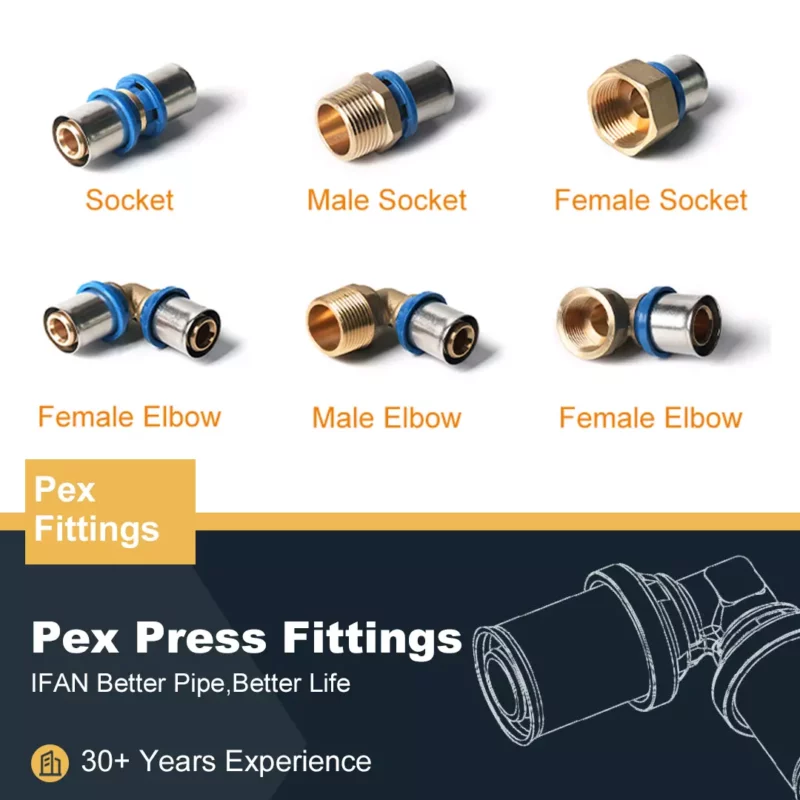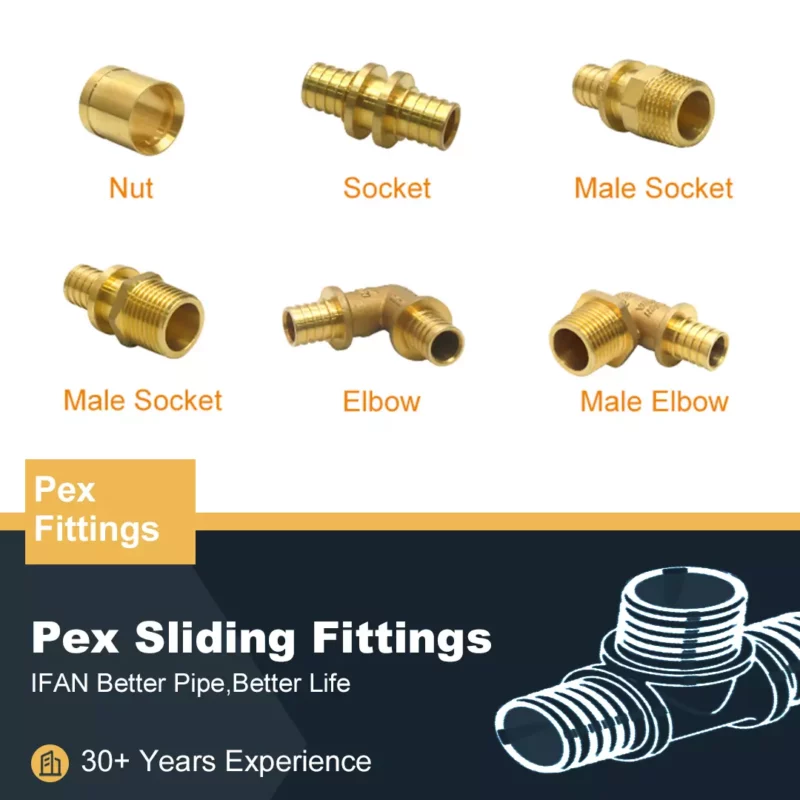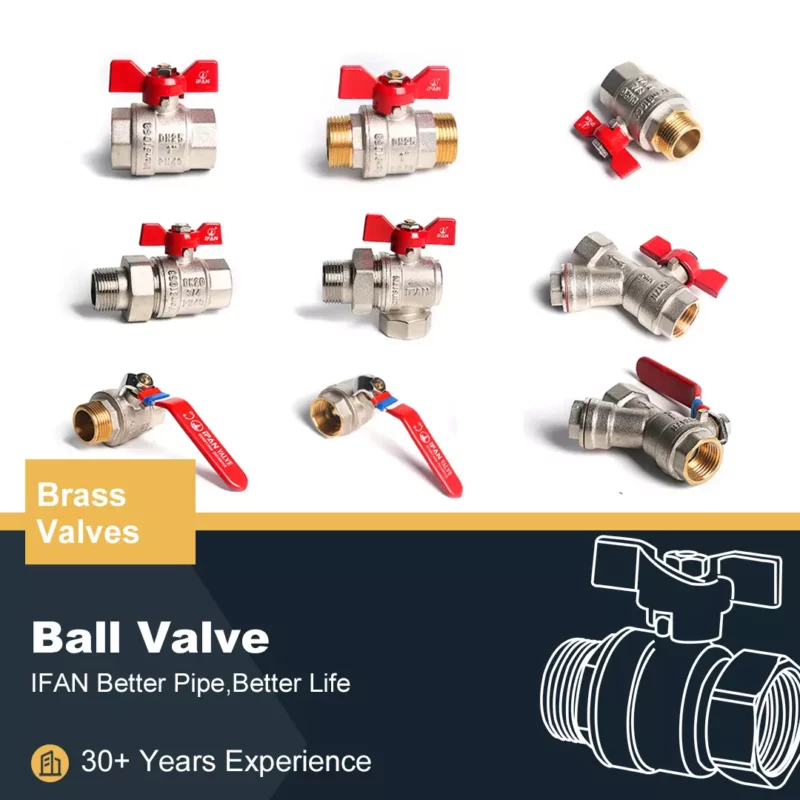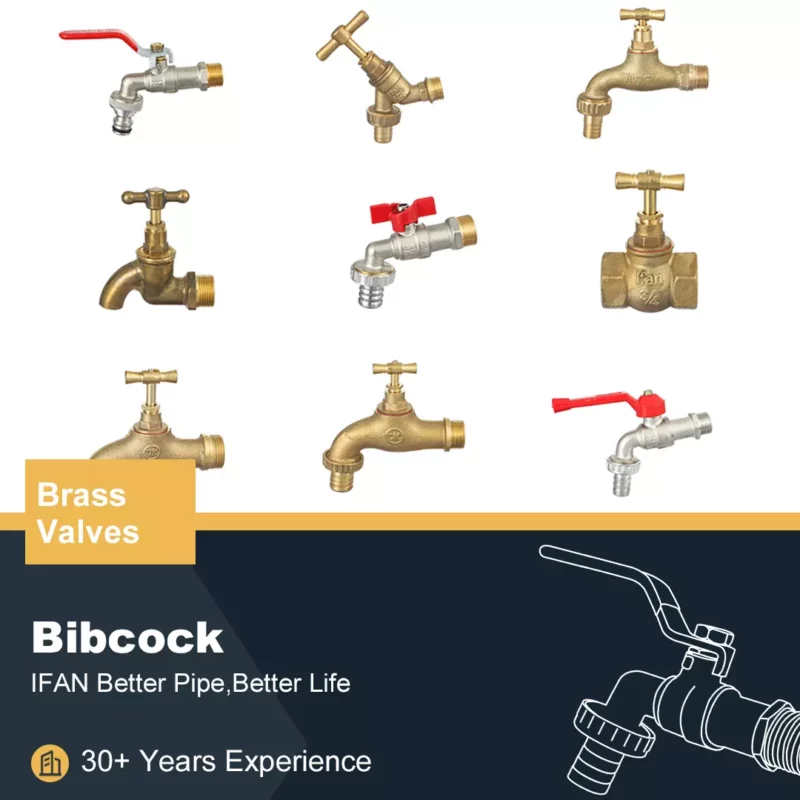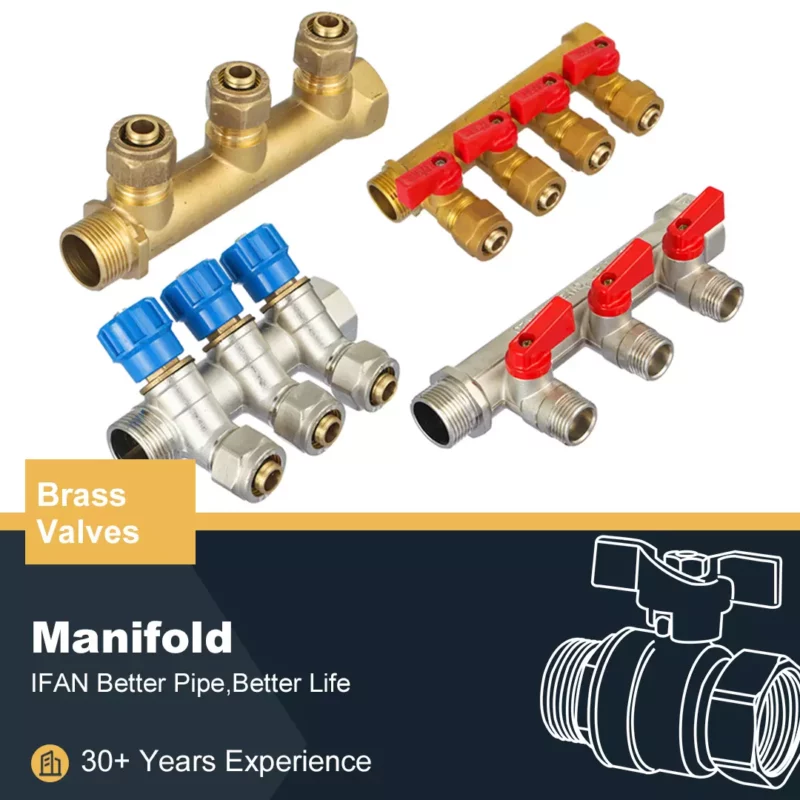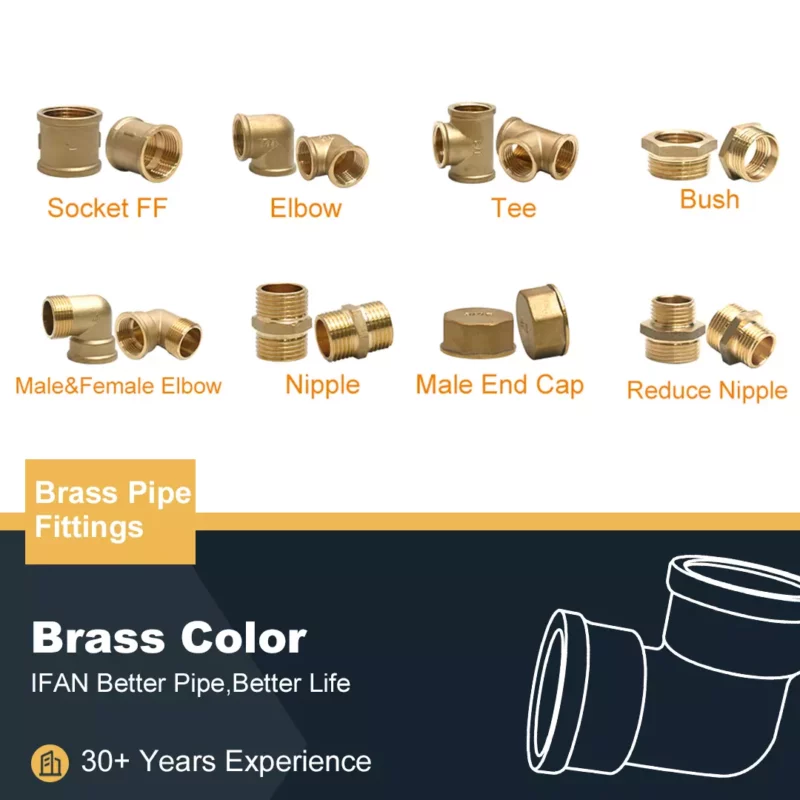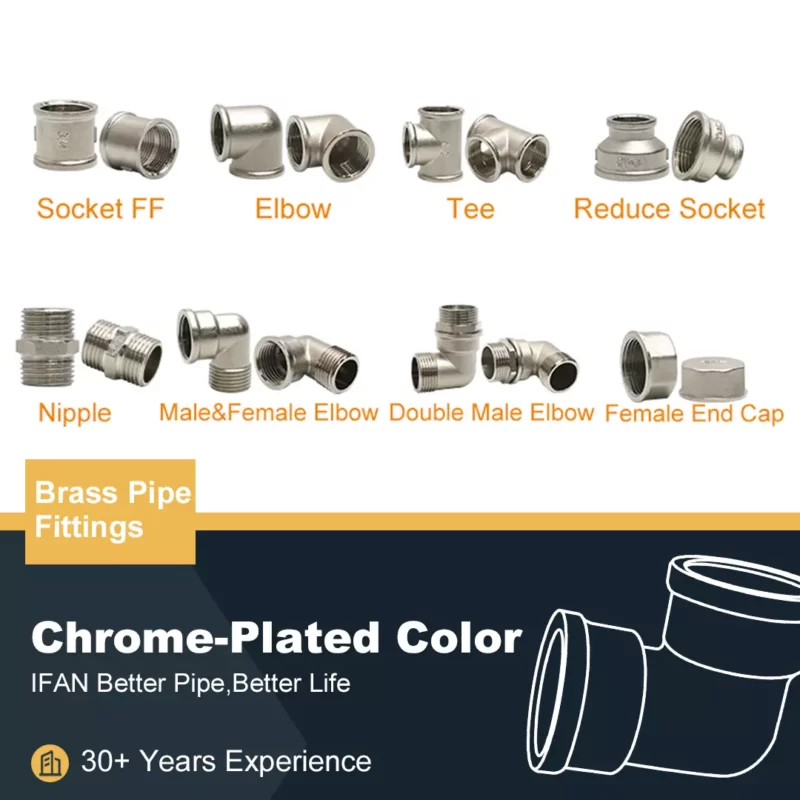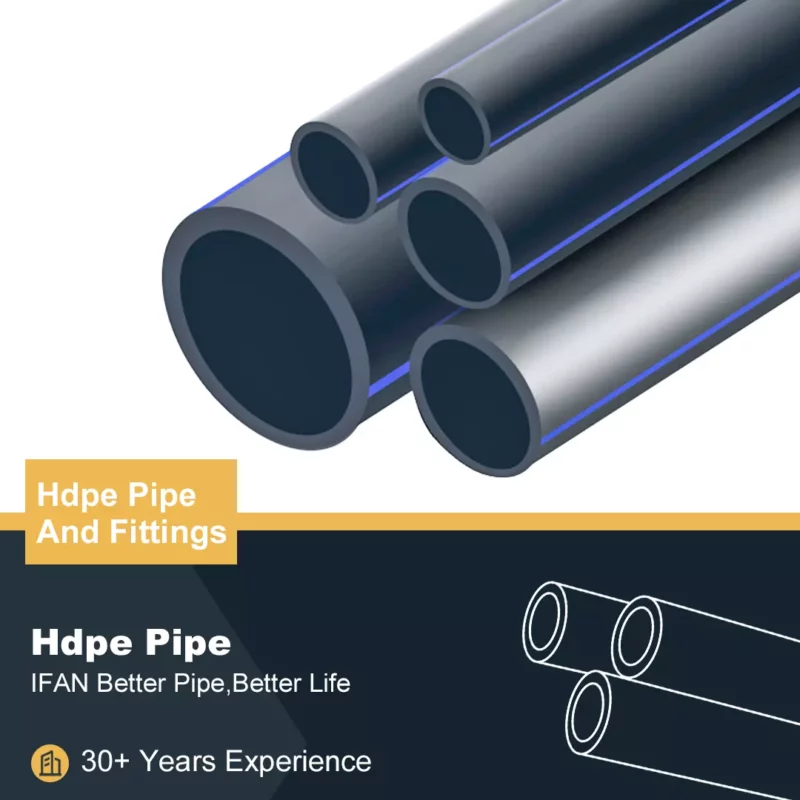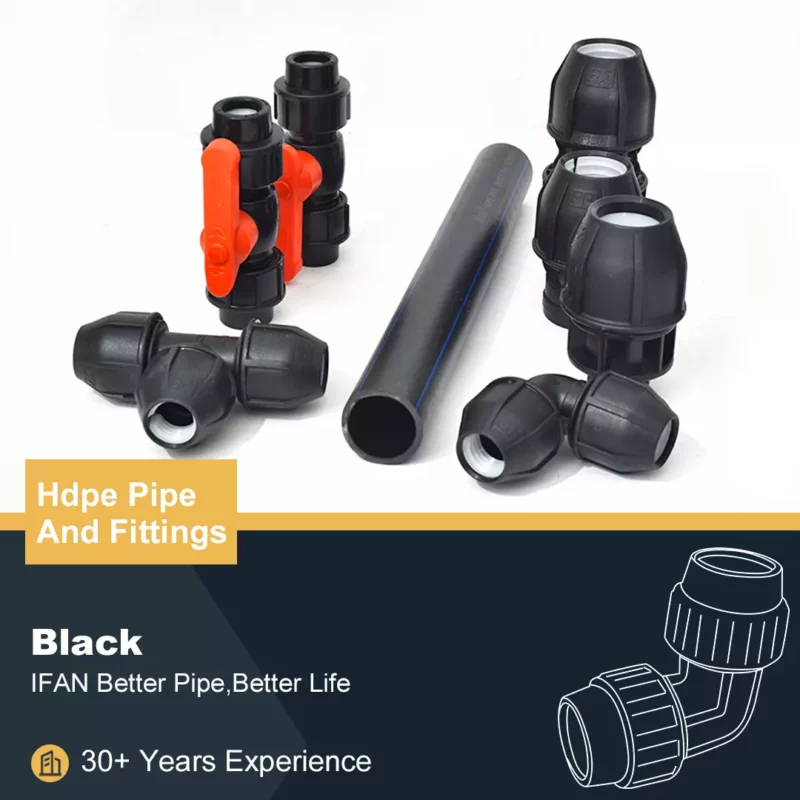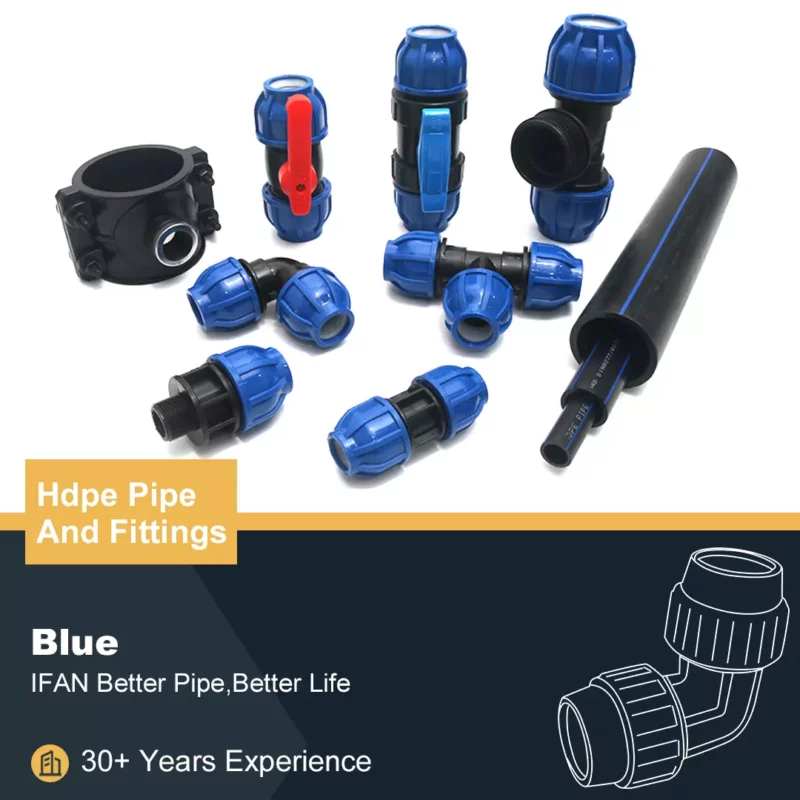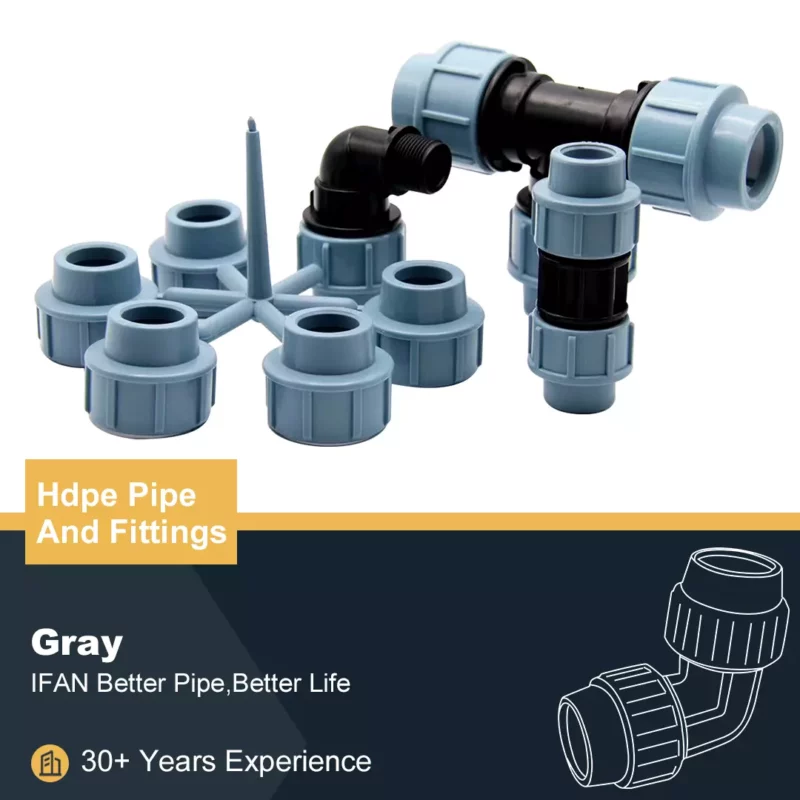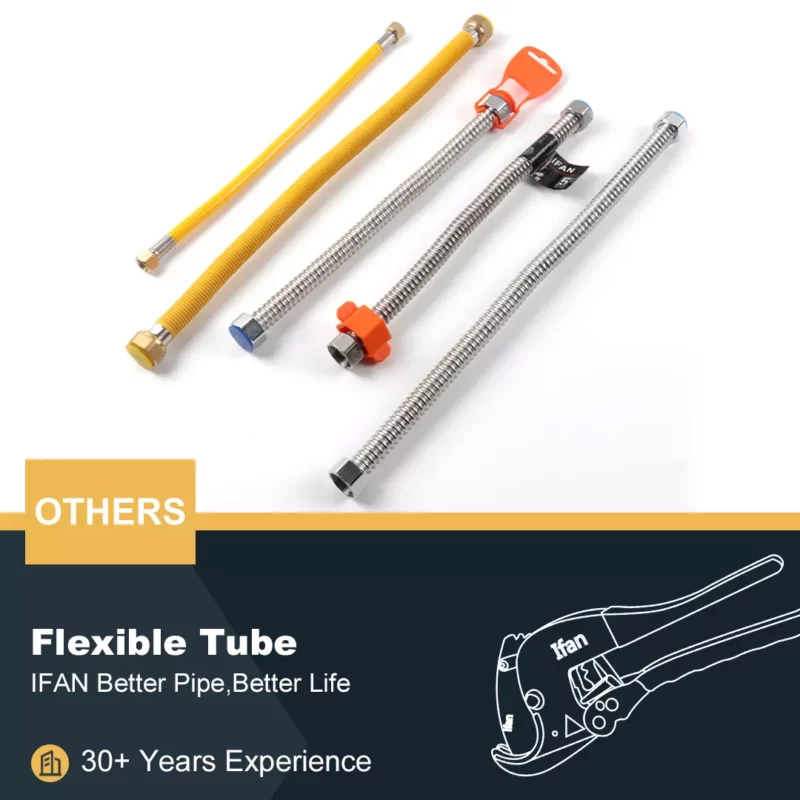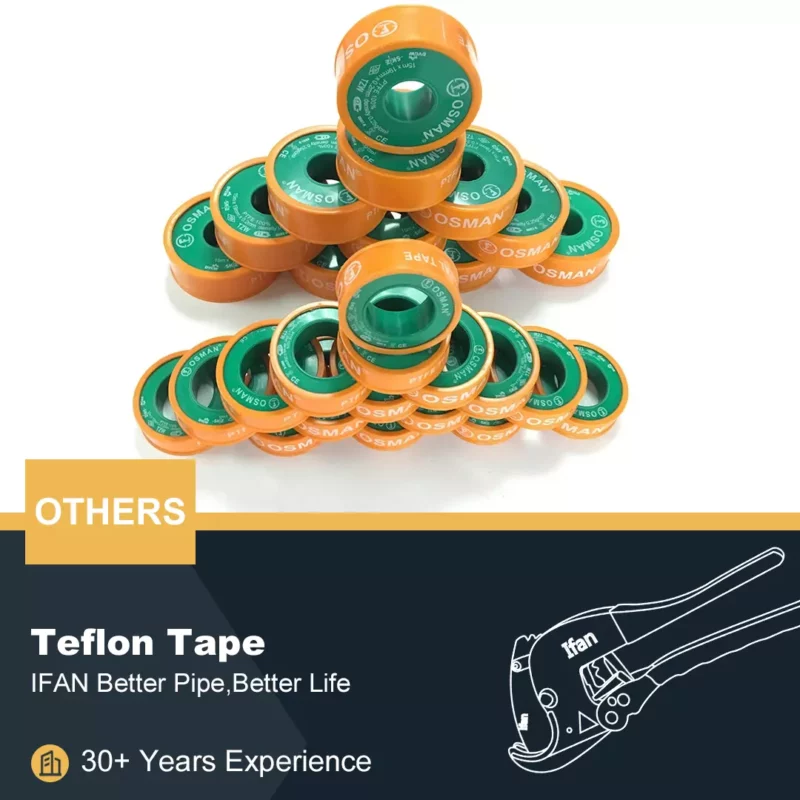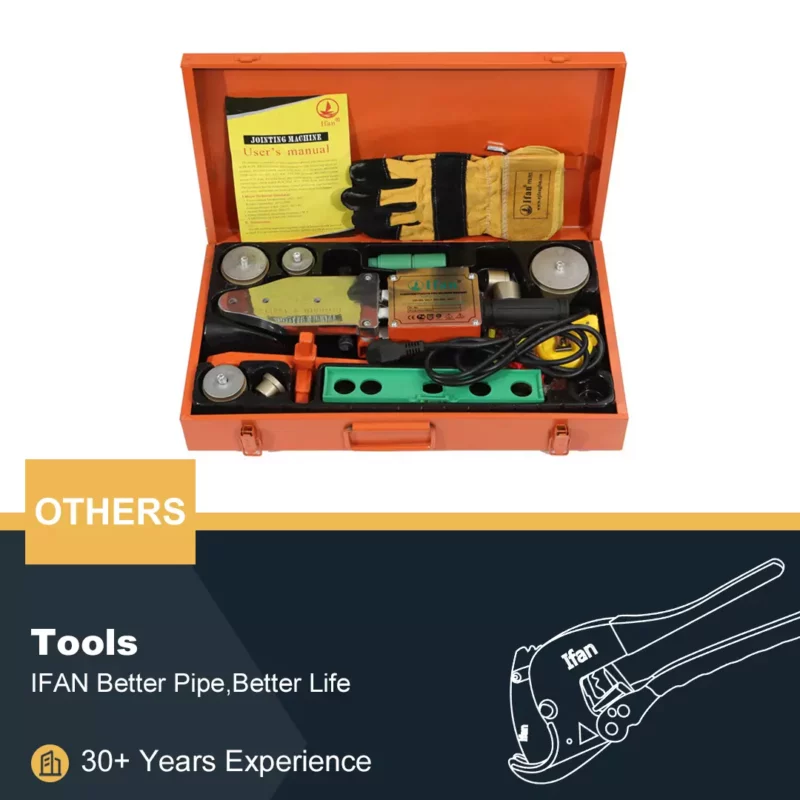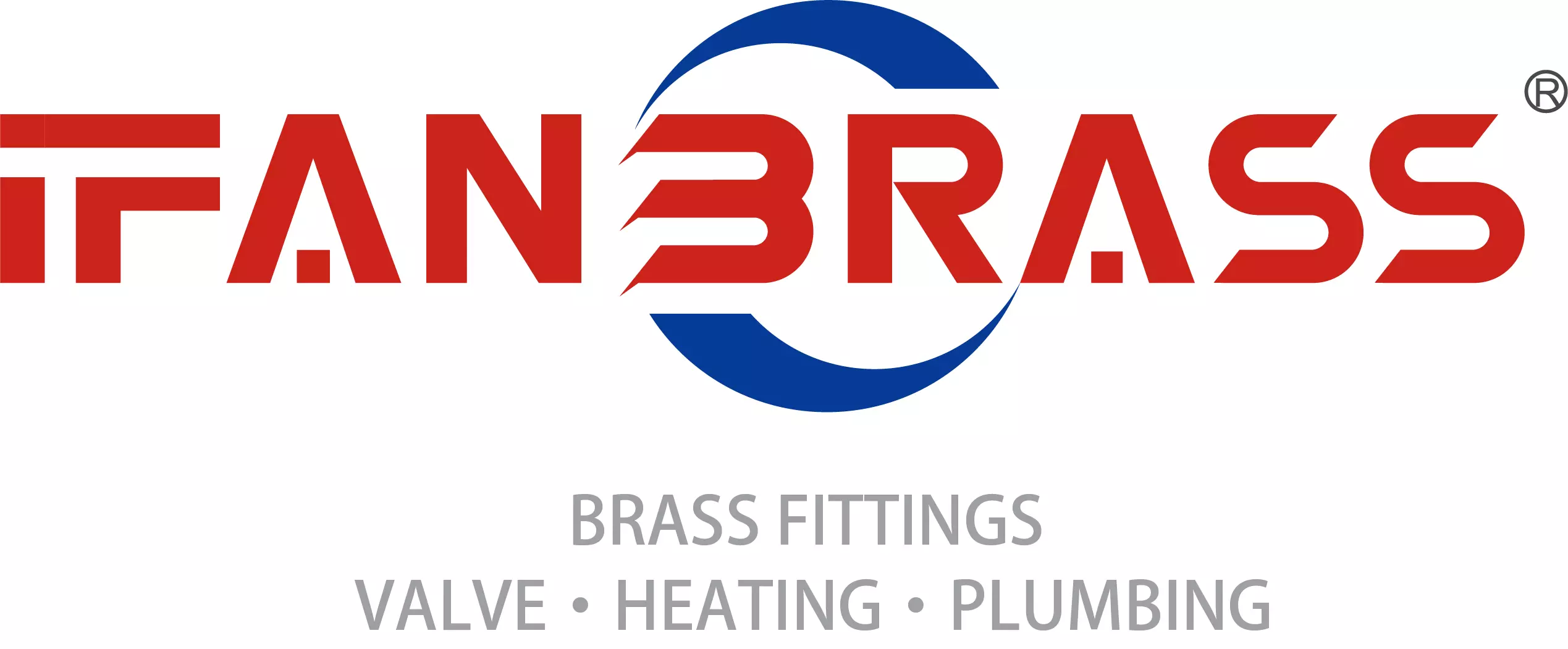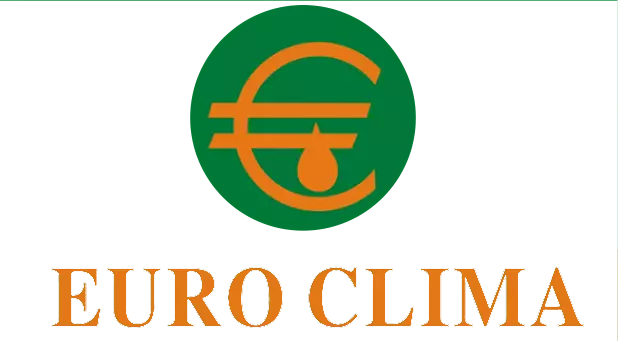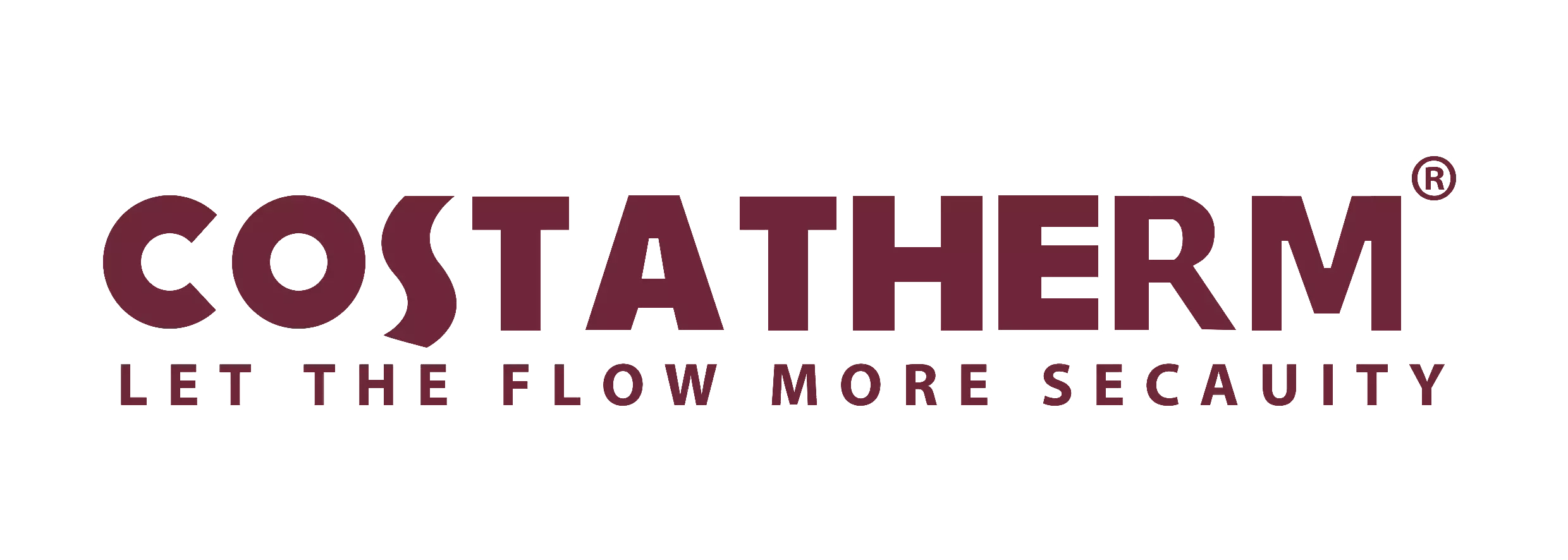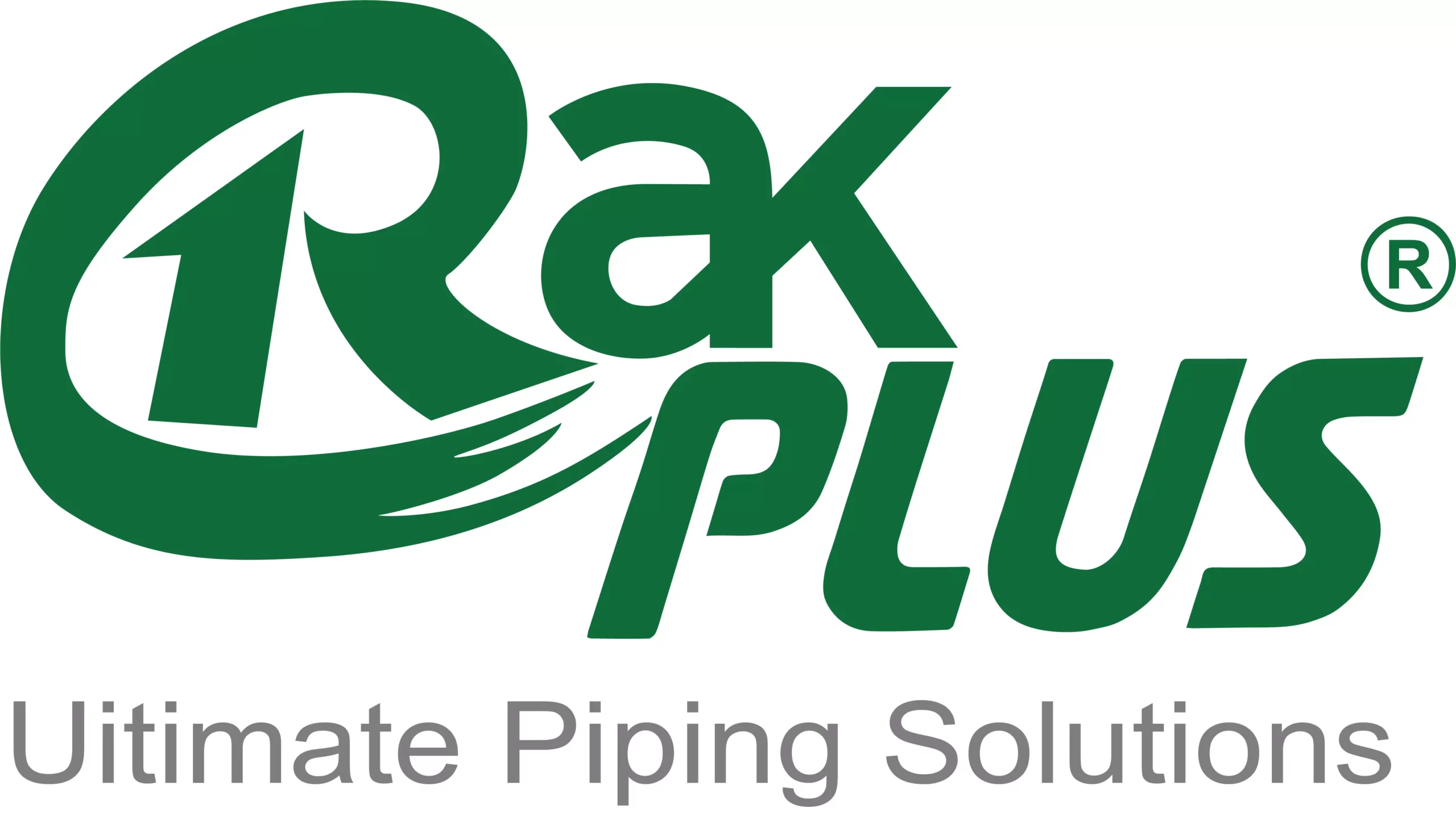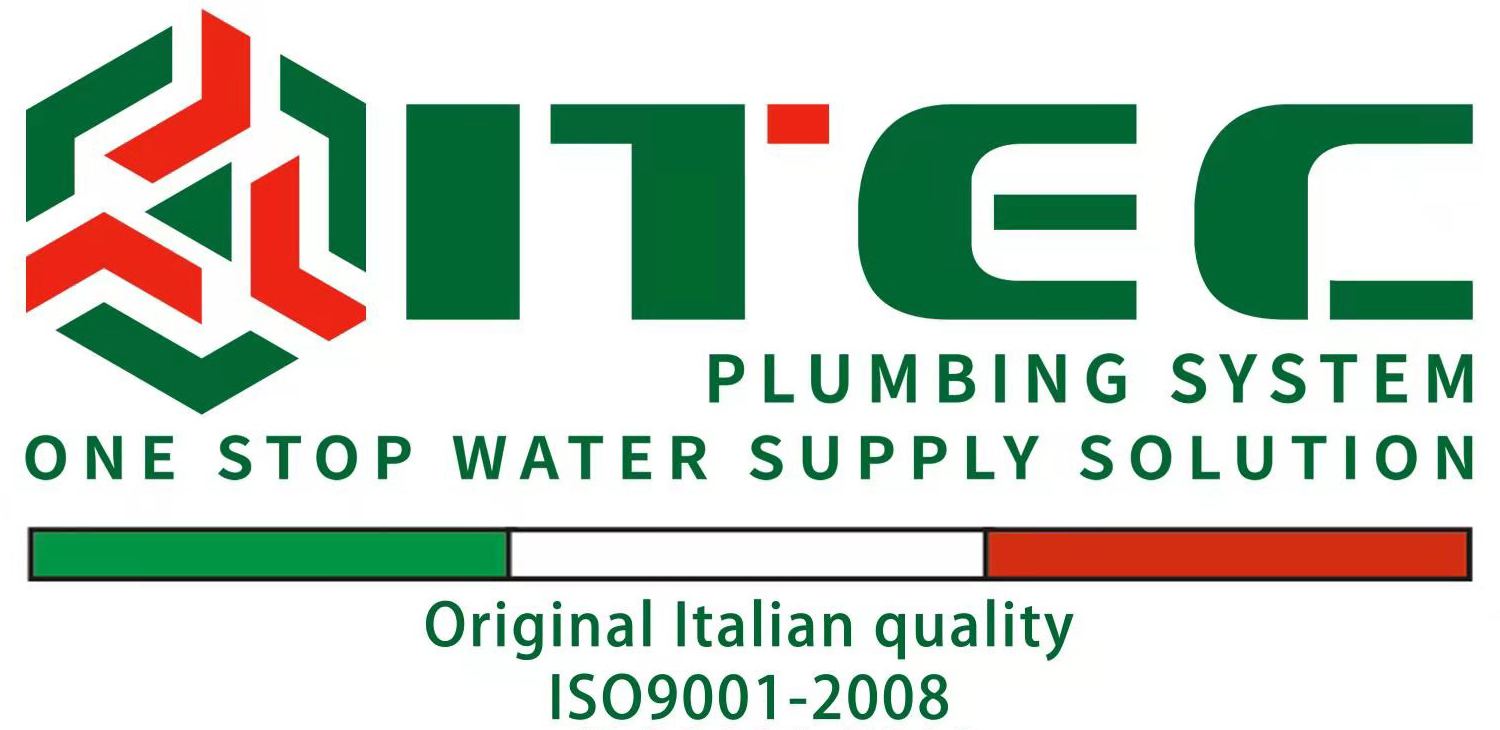If you’re looking for durable and reliable piping solutions for your home or business, PPR (polypropylene random copolymer) pipe and fittings are a great option. These materials are known for their high-quality construction, flexibility, and chemical resistance, making them ideal for use in a variety of plumbing and heating applications. In this ultimate guide to PPR pipe and fittings, we’ll explore the characteristics and benefits of these materials, and how they can improve the performance and cost-effectiveness of any plumbing project.

What are PPR pipes and fittings?
PPR pipes and fittings are made from a thermoplastic material called polypropylene random copolymer. This material is known for its high resistance to water, chemicals, and temperature fluctuations, making it an ideal choice for plumbing applications. pipes and fittings are designed to be easy to install and maintain, while providing long-lasting durability and reliable performance.
The benefits of PPR pipes and fittings
PPR pipes and fittings offer a number of benefits for residential and commercial plumbing applications. Some of the key advantages include:
- Durability: PPR pipes and fittings are exceptionally resistant to corrosion, chemicals, and damage from temperature changes, making them ideal for use in harsh environments.
- Easy installation: PPR pipes and fittings are lightweight and easy to handle, making installation quick and easy. The smooth interior surface of PPR pipes also reduces friction and the risk of blockages.
- Long lifespan: PPR pipes and fittings can withstand the test of time, with a lifespan of up to 50 years. They also require minimal maintenance and repairs, thanks to their high durability and resistance to wear and tear.
- Cost-effective: Although PPR pipes and fittings are initially more expensive than some other materials, they offer long-term cost savings by reducing the need for repairs and replacements, and lowering energy costs through their insulation properties.
Applications of PPR pipes and fittings
PPR pipes and fittings are used in a wide variety of plumbing applications, including:
- Hot and cold water supply systems in residential and commercial buildings
- Underfloor heating systems
- Air conditioning systems
- Chemical and pharmaceutical manufacturing facilities
- Food and beverage processing plants
How to select and install PPR pipes and fittings
When selecting pipes and fittings, it’s important to choose high-quality materials from reputable manufacturers. Look for products that meet international standards, such as ISO 15874, DIN 8077, and AS/NZS 2642. It’s also important to choose the appropriate diameter and pressure rating for your specific application.
Installation of pipes and fittings is straightforward, but it’s important to follow the manufacturer’s guidelines carefully. The pipes can be joined using a variety of methods, including socket welding, butt welding, or electrofusion welding. Be sure to use the appropriate fittings and tools for the job, and properly test and inspect the system before putting it into operation.
If you have read this article and have any questions, please feel free to contact IFAN. Below is our contact information:
Whatsapp:+86 13373827623
Email:[email protected]

